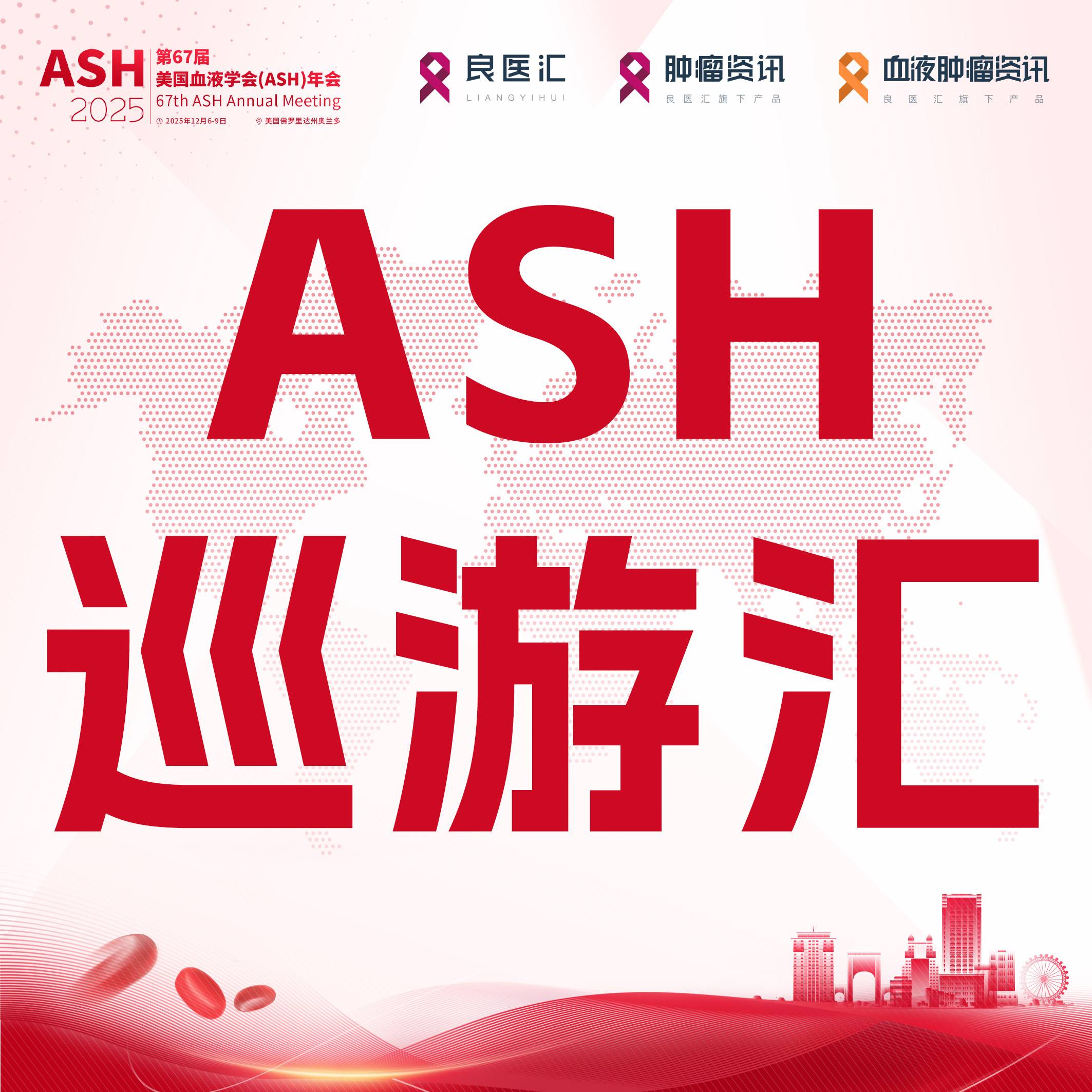
以下内容原文发布于AACR官网的NEWSROOM , 中文内容仅做参考,请点击文末“阅读原文”,阅览原文内容。
2023年12月5日至9日举行的圣安东尼奥乳腺癌研讨会上公布的一项研究结果显示,在对转移性乳腺肿瘤大规模队列中存在的融合RNA进行全面分析后,发现了可能具有治疗靶向性的独特融合突变。
融合突变是指一个基因的一部分与另一个基因的一部分融合,从而产生具有新功能的基因产物。融合突变常见于以基因组重排和DNA结构损伤为特征的几种癌症类型,其中包括乳腺癌。
任职于丹娜-法伯癌症研究所(Dana-Farber Cancer Institute)、麻省理工学院与哈佛大学布罗德研究所(Broad Institute of MIT and Harvard)的肿瘤内科学研究员、博士后学者Nolan
Priedigkeit博士(MD,PhD)表示:“融合RNA的独特功能可推动癌症进展,不仅能用作对癌细胞高度特异的生物标志物,还有可能为我们提供更多个性化的癌症特异性靶点。”Priedigkeit博士与资深作者、哈佛医学院儿科学教授、丹娜-法伯癌症研究所人类癌症遗传学Charles A. Dana研究员、麻省理工学院和哈佛大学布罗德研究所所长Todd Golub博士(MD)共同完成了这项研究。
了解更多内容,请阅读以下原文。
Potentially Targetable Fusion RNAs May Be More Common in Metastatic Breast Cancer Than Previously Realized
SAN ANTONIO – Comprehensive profiling of fusion RNAs present in a large cohort of metastatic breast tumors revealed unique fusion mutations that may be therapeutically targetable, according to results presented at the San Antonio Breast Cancer Symposium , held December 5-9, 2023.
Fusion mutations occur when a portion of one gene becomes fused to a portion of another, which can create gene products with new functions. They are common in cancer types that are characterized by genomic rearrangements and structural damage to the DNA, including breast cancer .
“Fusion RNAs may serve as biomarkers highly specific to cancer cells, have unique functions which may drive cancer progression, and potentially offer more personalized, cancer-specific targets,” explained Nolan Priedigkeit, MD, PhD , a medical oncology fellow and postdoctoral scholar at Dana-Farber Cancer Institute and the Broad Institute of MIT and Harvard. Priedigkeit conducted this study alongside senior author Todd Golub, MD , a professor of pediatrics at Harvard Medical School, the Charles A. Dana Investigator in Human Cancer Genetics at Dana-Farber Cancer Institute, and the Director of the Broad Institute of MIT and Harvard.
Targeted therapies that can inhibit fusion proteins have been approved for use in a wide variety of cancers, but the prevalence and role of fusion RNAs in breast cancer has not been as comprehensively mapped, Priedigkeit said. He and his colleagues performed a retrospective study using RNA sequencing data from two cohorts of patients with metastatic breast cancer, comprising a total of 466 samples across 423 patients. They ran the sequencing data through a collection of five fusion-finding algorithms; highly expressed fusions identified by two or more algorithms that were not present in normal tissues were considered high-confidence and cancer-specific (HCCS).
The researchers found that around one-third of metastatic breast cancers harbored at least one highly expressed HCCS fusion RNA, a rate much higher than Priedigkeit expected. Fusions were most common among tumors of the basal subtype and least common among tumors of the luminal A subtype.
The analysis showed that 64.5% of patients harboring HCCS fusions had at least one fusion involving a cancer-related gene, as defined by the OncoKB database, suggesting that some of these fusions may be cancer driver mutations. In support of this hypothesis, the most common cancer-related gene involved in fusions was ESR1, encoding the estrogen receptor. Priedigkeit noted that the analysis uncovered both known and novel ESR1 fusions, many of which occurred during or after endocrine therapy and resulted in the loss of binding sites for estrogen receptor inhibitors. The frequency of ESR1 fusions was approximately 5% in estrogen receptor-positive disease.
Further, researchers identified HCCS fusions involving known cancer-driving kinases, some of which have FDA-approved small molecule inhibitors that may provide new treatment strategies for patients with heavily pretreated disease and few remaining options, Priedigkeit said.
“There may be low-frequency fusions—potentially targetable with drugs we already have—that we are missing with current testing standards, as they are tricky to pick up with traditional sequencing platforms,” Priedigkeit said. “There is a critical need to understand optimal testing strategies so that we don’t overlook potentially actionable fusions in breast cancer.”
While these results are preliminary, and more research will be necessary to determine if these fusions are driving cancer progression, Priedigkeit and colleagues are exploring innovative strategies using gene therapy techniques to target fusion RNA sequences directly.
“The gene therapy revolution is knocking on our door—and there are new technologies that allow targeting nucleic acids directly rather than their protein products,” Priedigkeit said. “We have made several collaborations to credential some of these new technologies to exploit fusion RNAs, especially given how common they appear to be in metastatic breast cancers.”
Limitations of this study include its retrospective nature and its exclusive applicability to patients with heavily pretreated, metastatic breast cancer. Further, the patient cohorts were treated prior to the widespread availability of antibody-drug conjugates, which Priedigkeit noted may alter the prevalence of various fusions.
This study was funded by the Saverin Breast Cancer Research Fund, the Pan-Mass Challenge, the Pan-Mass Challenge Team Duncan, OOFOS Project Pink, the Cross Family Fund for Triple-Negative Breast Cancer, Shanklin Foundation, the Dana-Farber/Harvard Cancer Center Specialized Program of Research Excellence (SPORE) in Breast Cancer, and the Broad Institute of MIT and Harvard. Priedigkeit declares no conflicts of interest.
更多内容,请点击“阅读原文”
排版编辑:肿瘤资讯-Astrid











 苏公网安备32059002004080号
苏公网安备32059002004080号


